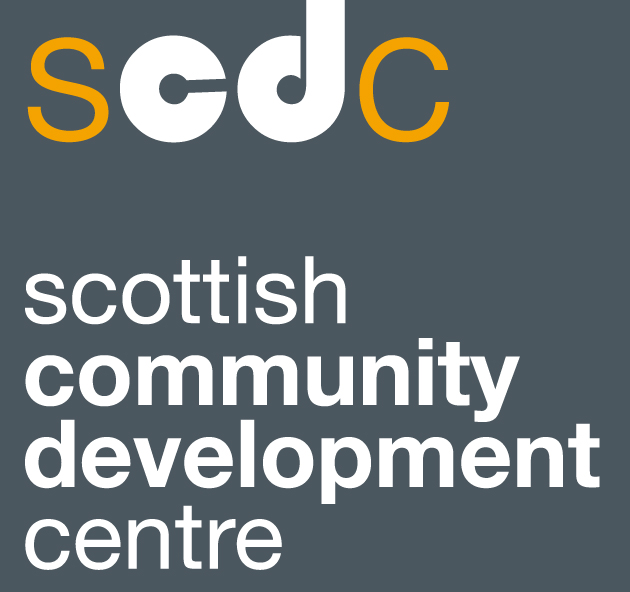Community development and Climate Glossary
/The key terms below represent some of the concepts and ideas related to community-led climate action.
Climate – This is the average weather conditions for a particular location over a long period of time.
Climate Change – This is a large scale, long-term shift in global weather patterns and temperatures.
Climate Adaptation – This is all the actions and solutions that a country, region, city or community can develop and put in place to build more resilient societies and economies. It involves responding to impacts of climate change that are already happening or are expected to happen. These can include building flood defences or setting up early weather warning systems.
Climate Mitigation – This is all the actions and solutions that try to reduce or prevent the emission of more greenhouse gases (which leads to more climate change). It involves actions to limit emissions using new technologies and renewable energies (including wind and solar power), making older equipment more energy efficient and changing what we buy, what we eat, and the way we travel.
Climate Action – This is used to describe all the different actions we take (including both mitigation and adaptation activity) to address and positively influence climate change.
Climate Resilience – This is the ability to understand climate vulnerabilities and future impacts (which are unavoidable due to past emissions) that are associated with climate change and take steps to better cope with these risks. It includes anticipating, preparing and responding to hazardous climate events and conditions.
Climate Justice - This, in the UK, refers to issues around the fact that climate change will have bigger impacts on more vulnerable people and places, and that any policy or response from decision makers needs to be fair to prepare for and protect people from these unequal impacts.
Carbon Footprint – This is the total quantity of greenhouse gases that you create from your day-to-day life through home energy use, the way you travel, what you eat and the stuff you buy.
Greenhouse gases – These are gases in the earth’s atmosphere that trap heat from the sun, keeping the planet warm enough for humans, animals and plants to live.
Greenhouse Gas Effect – This is when the gases in the earth’s atmosphere trap the suns heat and make the earth warmer. Too many greenhouse gases in the atmosphere mean that more heat is trapped from the sun and the earths temperature rises causing climate change.
Net Zero Emissions/Carbon Reduction – This is where we try to restore the Earth’s natural greenhouse gas balance by stopping and reducing new carbon dioxide emissions and absorbing existing carbon dioxide from the atmosphere. To meet a goal of net-zero, any new greenhouse gas emissions must be as low as possible. These have to be offset by a process that reduces greenhouses gases in the atmosphere (such as planting trees).
Just Transition – This means reducing our emissions and responding to a changing climate, ensuring our journey is fair and creates a better future for everyone – regardless of where they live, what they do, and who they are.

